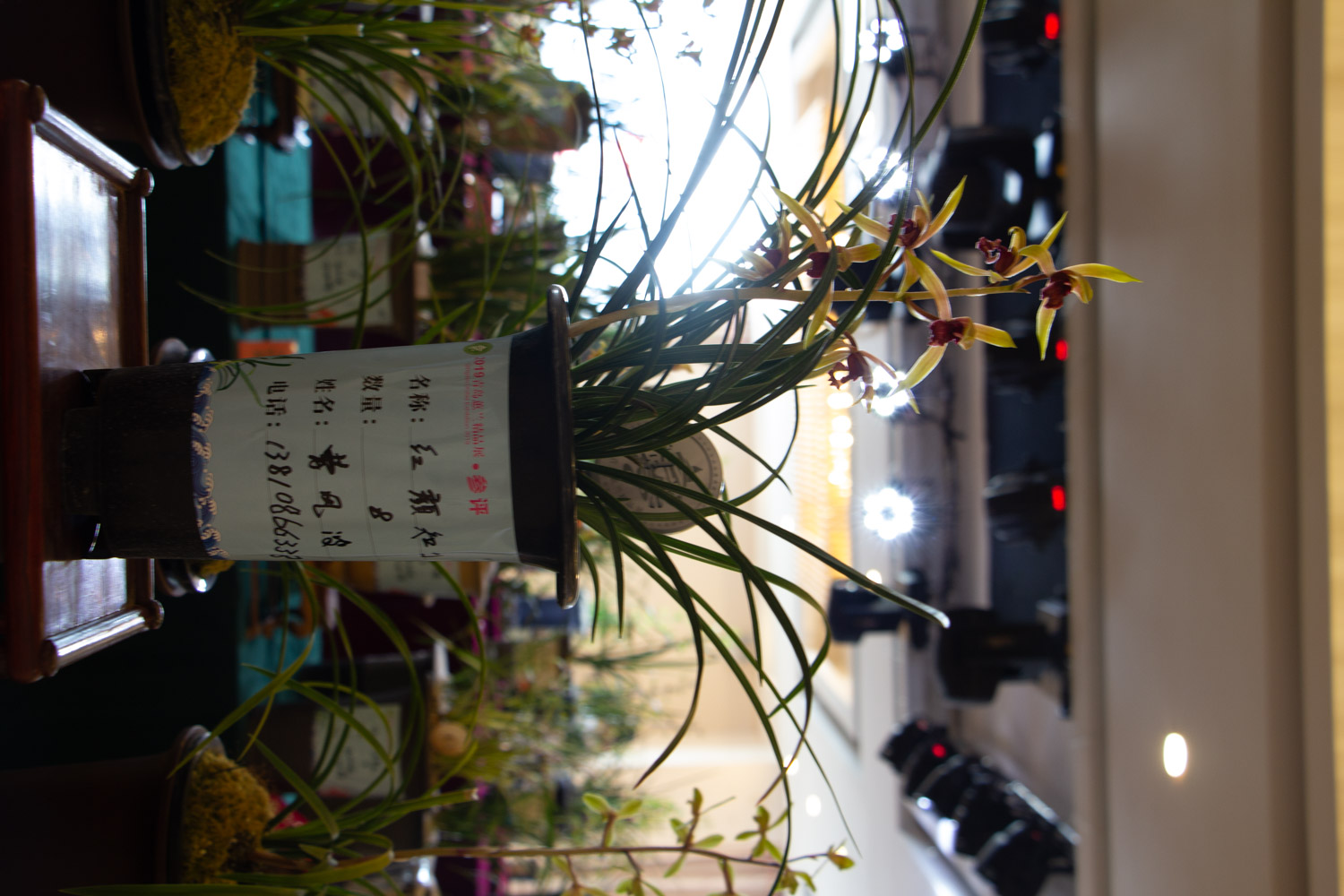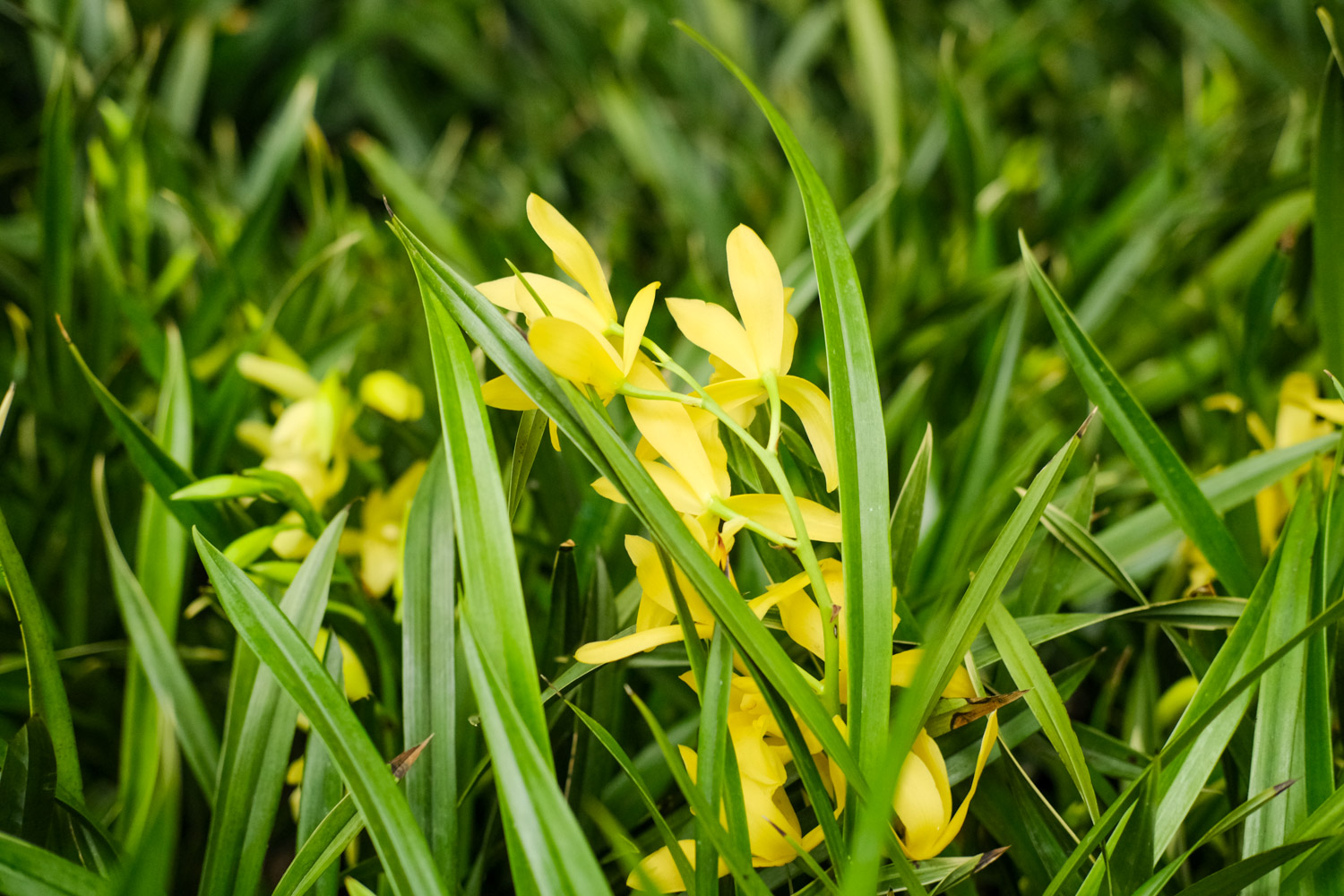1. Soil
Generally, choose loose and fertile soil rich in humus to cultivate orchids. You can plant them directly with rotten leaf soil or configure orchid soil yourself. Rotten leaf soil, perlite and river sand are mixed evenly in the proportion of 7:2:1 to make culture soil. Perlite can also be replaced by compost

2. Moisture
The water demand of different varieties is different, but generally follow the principle of wetness but no ponding to maintain the micro moisture state of basin soil
In autumn, the climate is relatively dry, and the moisture can be increased appropriately. You can also spray water on the leaves with a watering can to increase the air humidity. In spring and autumn, water is poured once every two or three days. In summer, the light is strong and the evaporation is strong. It can be poured once or twice a day
In winter, the temperature is low, and the orchids have basically entered the dormancy period. At this time, the water volume should be appropriately reduced to avoid ponding, rotten roots or freezing. Water every other week

3. Illumination
Orchids like semi shade environment and avoid direct sunlight, especially Moran. When maintaining orchids, shade treatment should be carried out in spring, summer and autumn. Shade sheds can be built or placed under the eaves and other cool and ventilated places for maintenance. Scattered light can be accepted, and the light in the morning and evening is the best. In winter, it can be placed under the indoor windowsill with light, where the sun cannot directly shine

4. Temperature
Orchids like a warm environment. Generally, they can thrive at normal room temperature, and the temperature is controlled at 15 to 25 degrees. The temperature is relatively low in winter. Move him into the room for maintenance. The temperature is about 11 degrees and it is appropriate to be 5 to 10 degrees at night. Pay attention to ventilation and humidity when raising indoors. The temperature is too high in summer. Don't be burned by the sun. The temperature should be controlled below 28 degrees
5. Fertilizer
Orchids should not apply too much concentrated fertilizer, but use more liquid fertilizer or foliar fertilizer. In the period of vigorous growth, rotten cake fertilizer and water can be applied every half a month to 20 days, which is also thin fertilizer. Because the root system of orchid is special, it is fleshy root. In order to avoid rotten root, the applied fertilizer must be decomposed

 jackfruit
jackfruit snake plant
snake plant hibiscus
hibiscus hydrangea
hydrangea lavender
lavender Green roses climb al...
Green roses climb al... If you don't pay att...
If you don't pay att... Management of four g...
Management of four g...

































